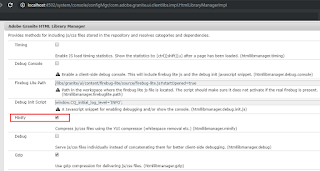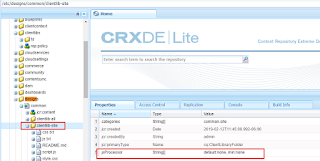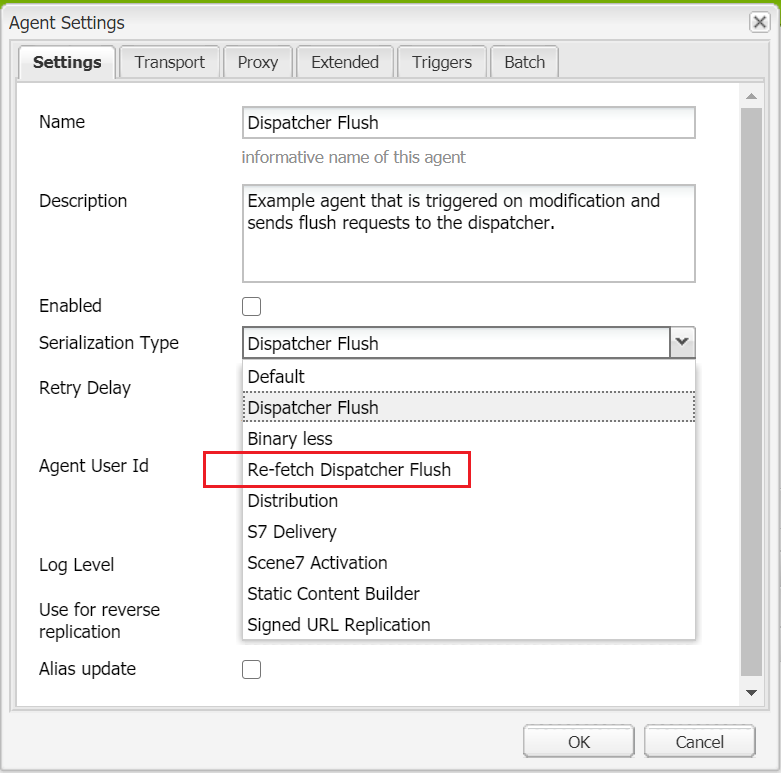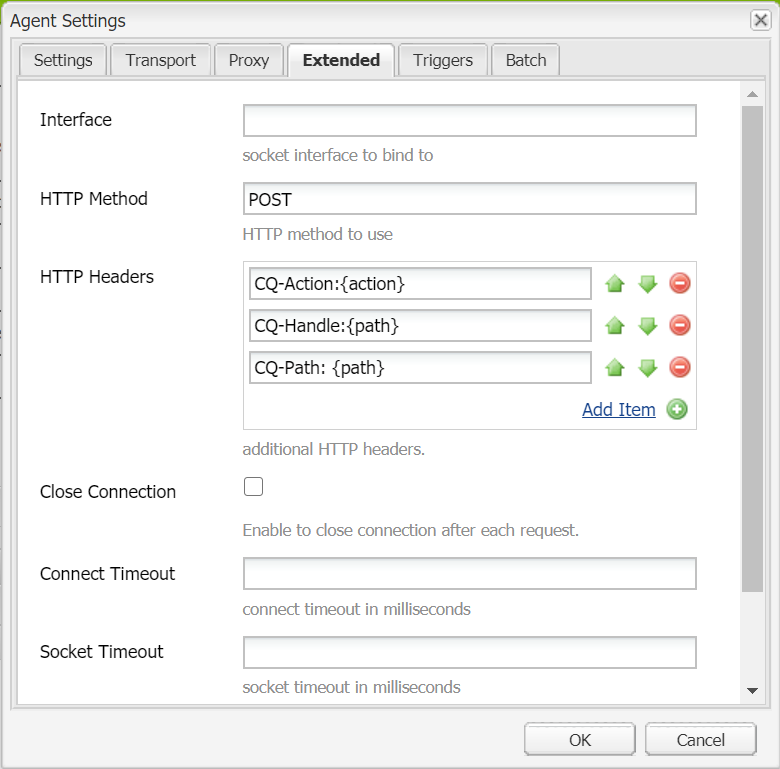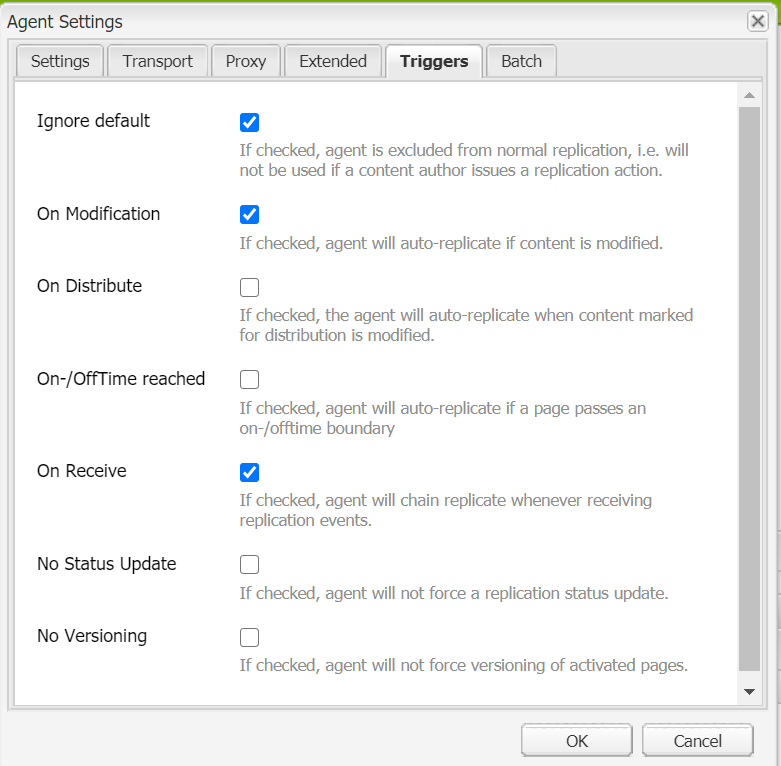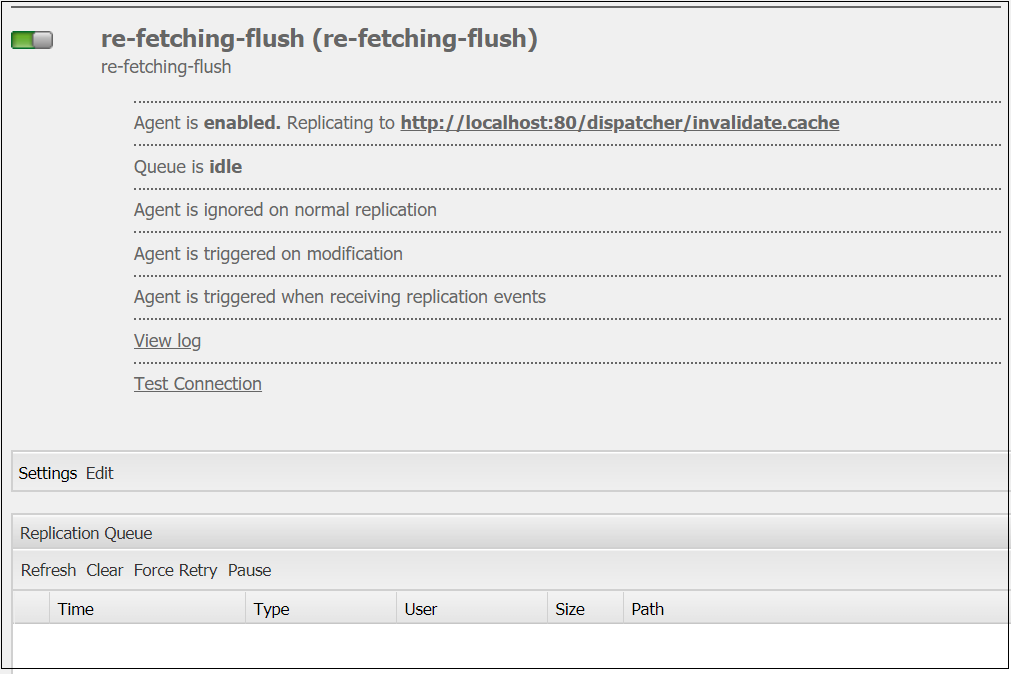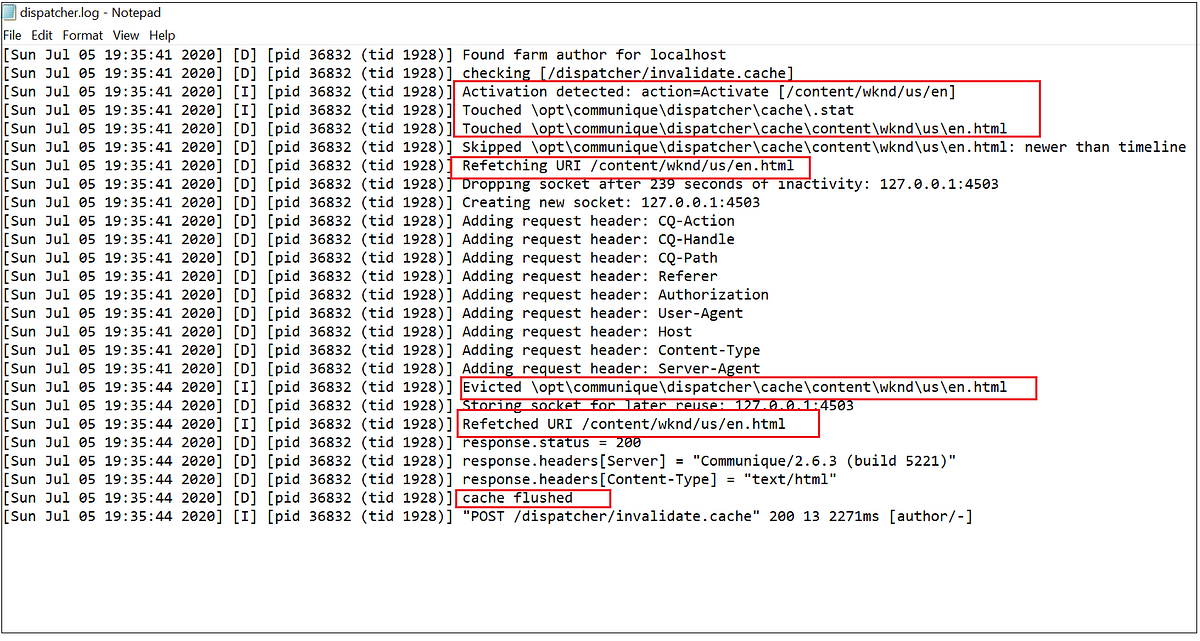How to Setup Job Offloading in AEM Author Instance - Asset Process Offloading?
This video explains how to Setup Job Offloading in AEM Author Instance - Asset Process Offloading
My Learning’s on JAVA/J2EE, Oracle Fusion Middleware, Spring, Weblogic Server, Adobe Experience Manager(AEM) and WebTechnologies



